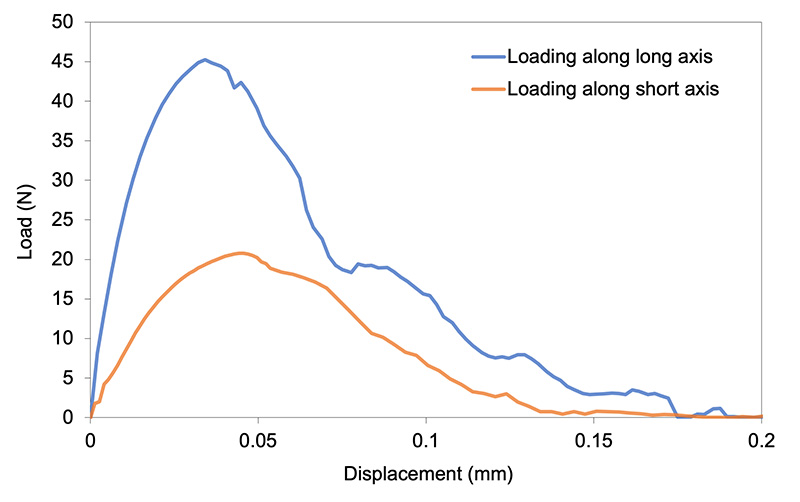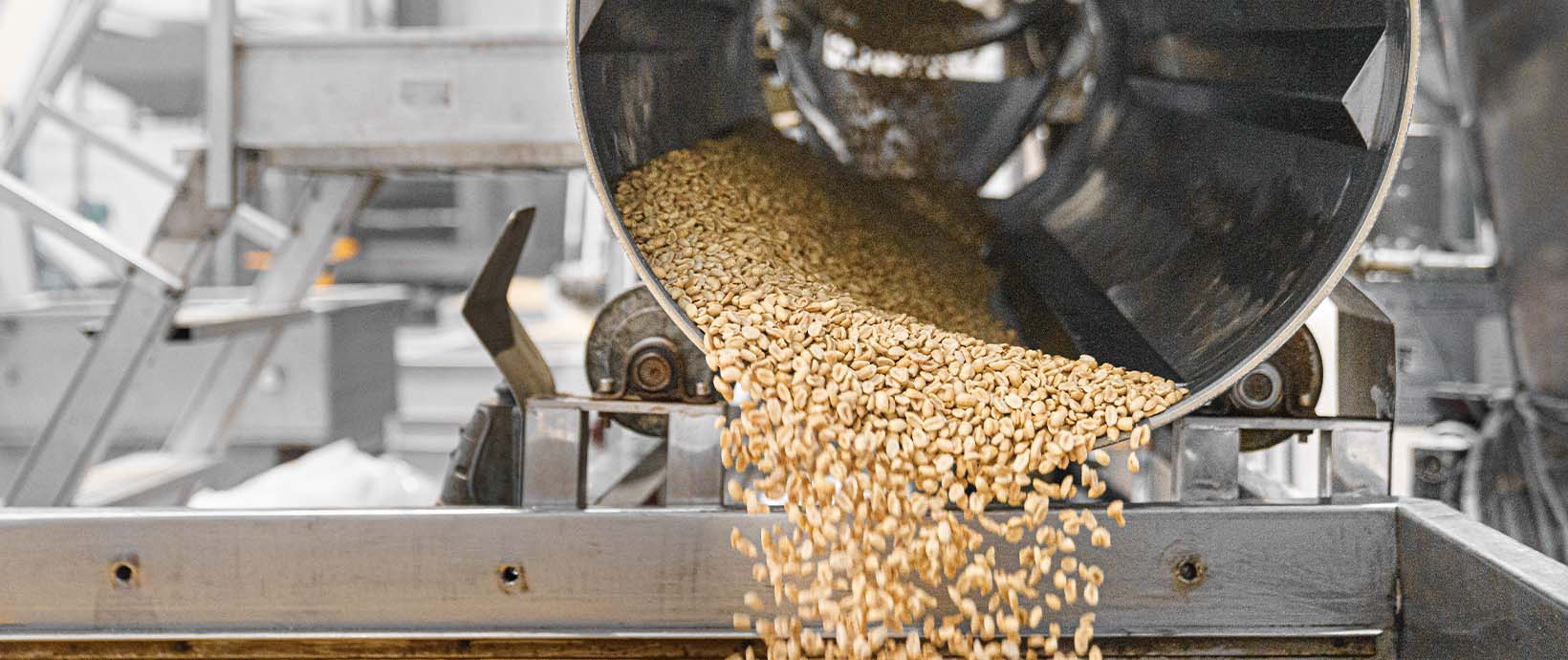Digital Debunking: Can Simulation Help Create the Perfect Easter Egg Hunt?
Around Easter, many people in the U.S. decorate and hunt for Easter eggs, a tradition whose origins aren’t entirely clear. One school of thought links it to an ancient festival celebrated by the Anglo-Saxon people in honor of the goddess Eastre, according to professor Carole Levin, who oversees the Medieval and Renaissance Studies Program at the University of Nebraska.
Regardless of its origins, April is characterized by vibrant symbols of life and rejuvenation as the springtime sun and warmth coaxes everything out of the wintertime chill. Easter and spring go hand-in-hand – whether they're hand-dyed or filled with chocolate, decorating and hunting for eggs is one of the month’s hallmarks.
However, in any high-stakes Easter egg hunt, mishaps are inevitable. For instance, maybe a stampede of kids unintentionally crushes a hidden egg amidst the chaos or someone cracks an egg in an overflowing basket. Eggs are delicate treasures around Easter, which got us wondering: How much pressure an average egg can handle before it’s crushed in an Easter egg hunt frenzy?
Using Irazu software by Geomechanica, available through the Altair Partner Alliance (APA), we simulated this scenario to find the answer.
Simulating the Eggs
To start off, our team created a 3D representation of an average-sized egg, measuring 55 millimeters (about 2.17 inches) long, 40 millimeters (about 1.57 inches) wide, and 0.6 millimeters (about 0.02 inches) thick. Next, the model was loaded by applying constant velocities to two thin cylinders placed at the top and bottom of the egg. The model’s geometry was discretized by a tetrahedral finite element mesh, amounting to roughly 188,000 elements in total. The eggshell material was modeled as a brittle, isotropic solid and assigned appropriate stiffness and strength values.

Geometry of the Irazu 3D model of the eggs loaded along the long (left) and short (right) axes. The model was clipped to display its hollow structure.
The model animations below illustrate the virtual fracturing of the eggs that were subjected to loading in two different directions. The initial failure took place when the eggshell was crushed by the loading platens. As the pressure increased, tensile fractures started to form and propagate along the eggs’ circumference. Most of this damage was observed after reaching the maximum load.
As loading was applied along the long axis, the eggs began to crack and fracture under the mounting pressure exerted by the loading platens.
Under loading on the short axis, the eggs started to crack and break as the pressure from the loading platens grew.
The force required to break the eggs was calculated by examining the reactive forces that acted on the loading platens as a function of their vertical displacement. The graph below illustrates that peak applied forces of 45.2 N (4.6 kilograms) and 20.8 N (2.1 kilograms) were observed for loading along the long and short axis, respectively. These forces represented the amount of force necessary to break an egg in each direction and were consistent with the team’s predictions.

The interaction between the egg and the platen was used to simulate load-displacement curves. A peak load of 45.2 N (4.6 kg) and 20.8 N (2.1 kg) were necessary to break the eggshell when loaded along the long and short axis, respectively.
Conclusion
If you're serious about scoring unbroken eggs for your basket (or your kid’s basket) this Easter, listen carefully! The math crystal clear that vertical loading is over twice as strong as horizontal loading. So, if you want to keep your eggs intact, stack them vertically in the basket. For those responsible for hiding eggs, make sure they’re sitting upright if possible. Of course, you don’t have to worry about most of these problems if you use plastic eggs – but we’d rather see as little plastic as possible!





